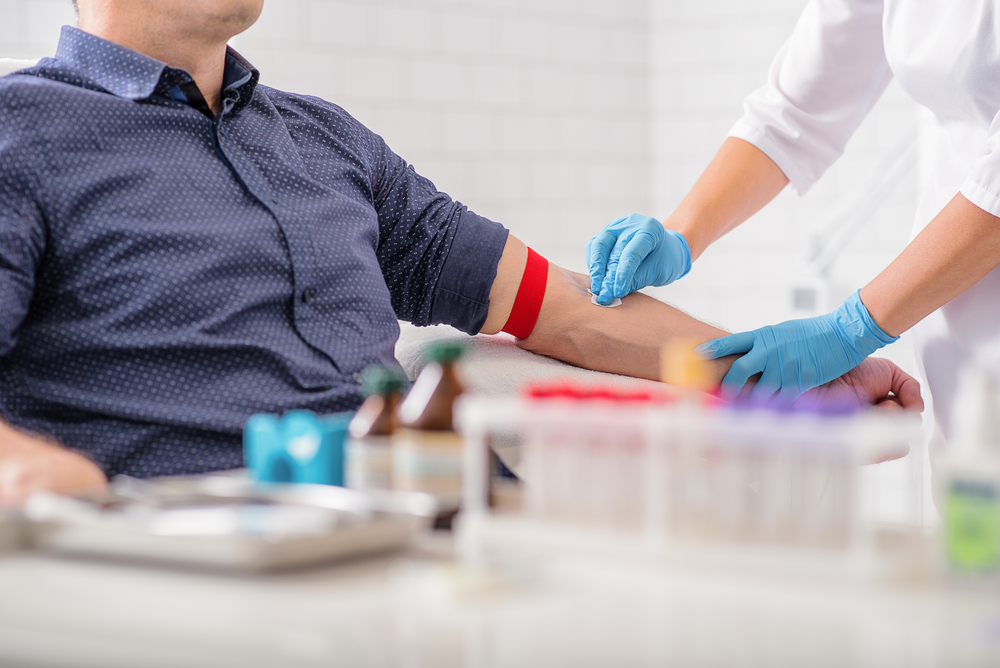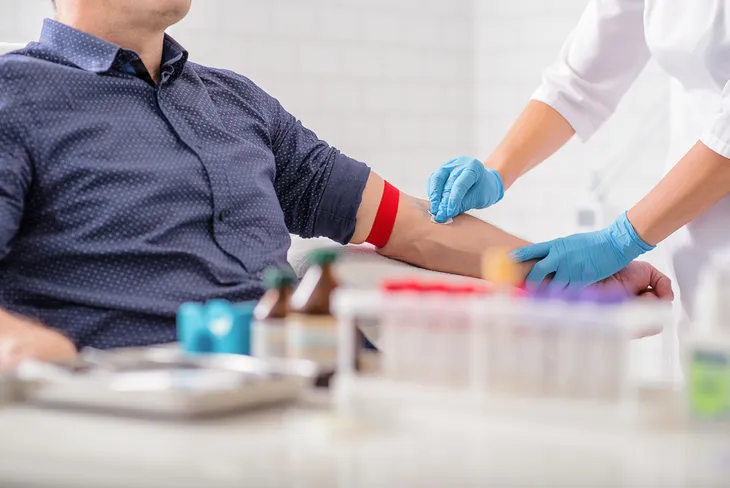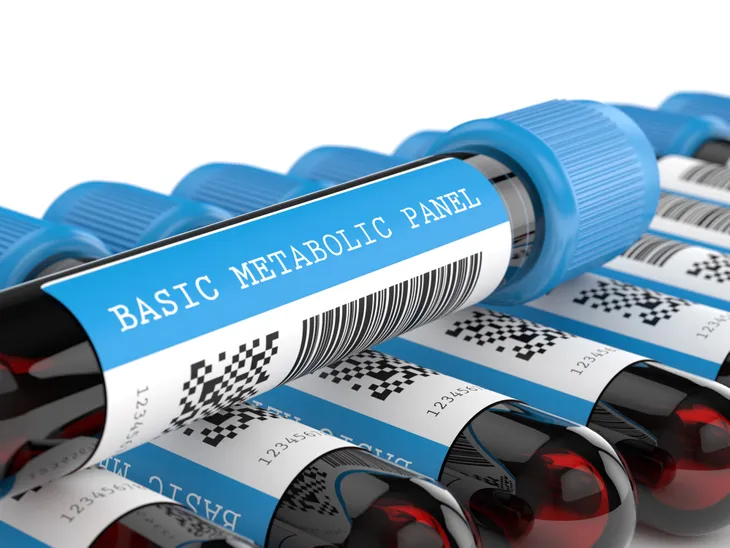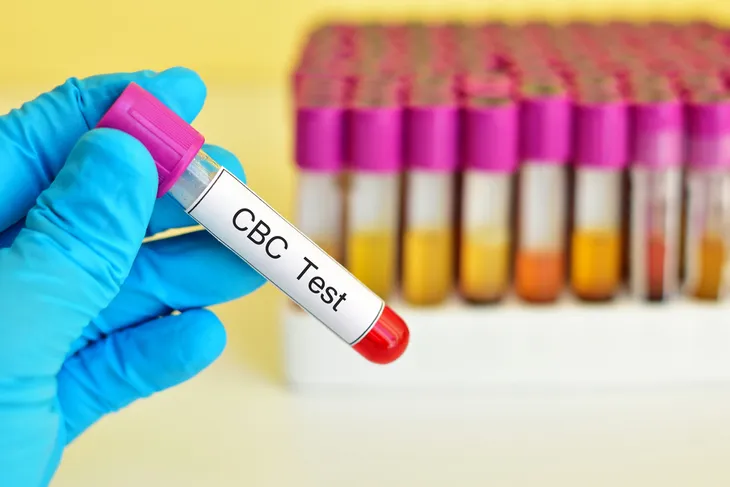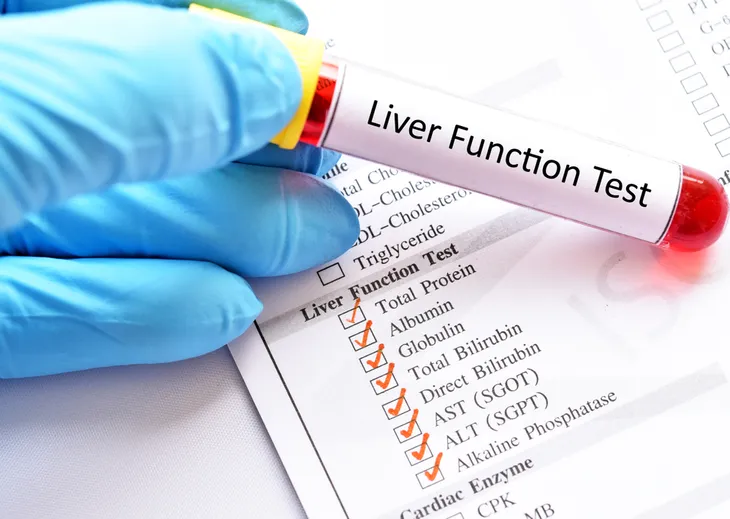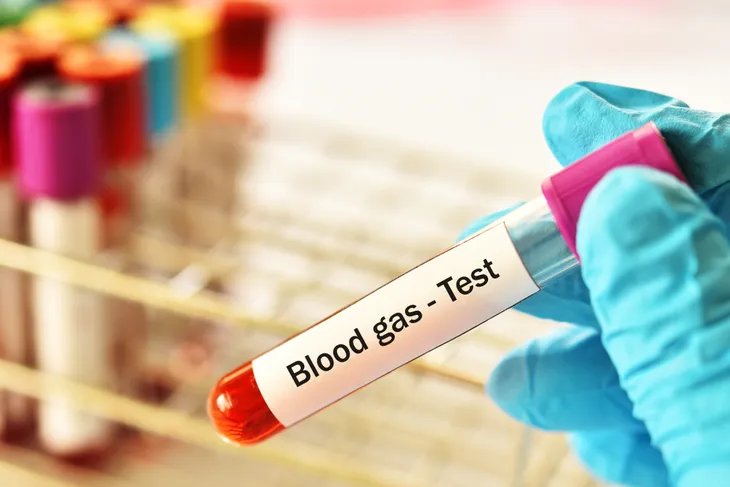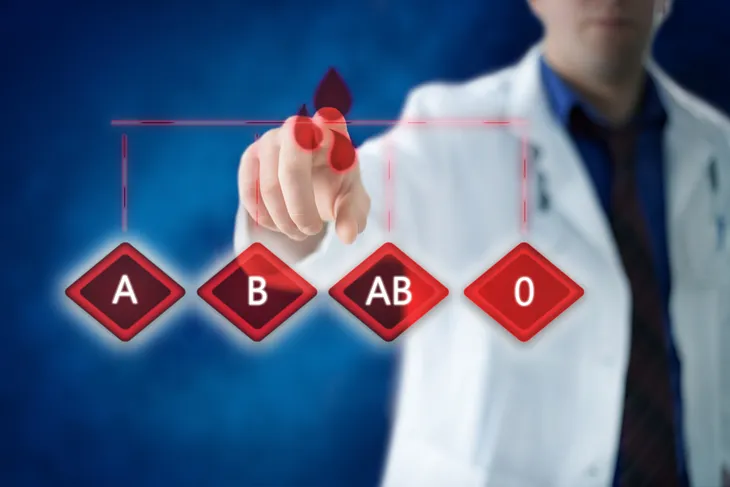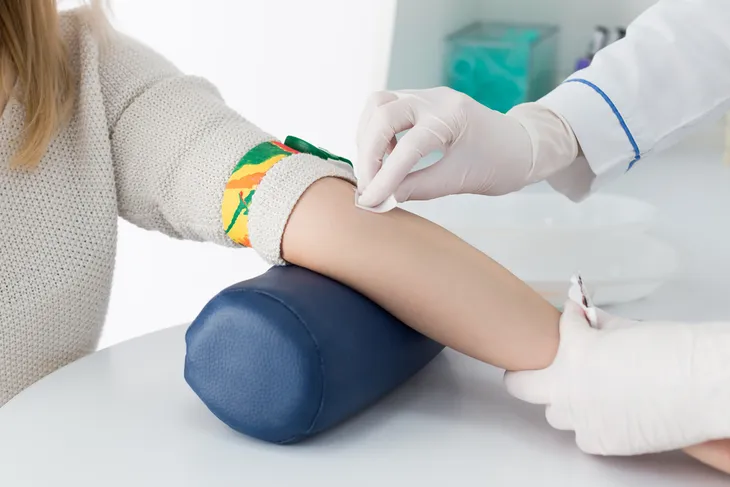Blood tests are an essential component of a well-rounded physical health regimen. It’s not uncommon to be asked to provide a blood sample as part of your yearly physical, but they may be more frequent for you. Your doctor may also order blood tests to evaluate specific conditions.
If you’re experiencing unusual or prolonged symptoms, are looking to fine-tune your nutrition plan, or want to be proactive about catching the warning signs of just about anything, then blood work is the way to go. But the information from your blood test is only as valuable as your understanding of the results. This is why it’s important to know what your results mean. Follow our complete guide to understanding your bloodwork results!
What You Should Know First
Being proactive is especially important whenever you encounter the unfamiliar. If you’ve never gotten blood work done before or you’re looking for a quick refresh, here’s a brief overview of what you can expect to see, do, and hear.
A successful blood test begins as the healthcare professional firmly places a tourniquet around your arm. They continue by inserting a hollow needle into a vein and drawing the necessary volume of blood. The process only takes about 5 to 10-minutes and is finished by bandaging the puncture site.
How long the results take to come in can depend on the type of tests that are being performed. The results of a complete blood count, basic metabolic panel, or lipid panel test could be in as little as 24-hours. Whereas a complete metabolic panel test is a bit more comprehensive, and usually requires anywhere between one and three days.
Understanding Positive vs. Negative Results
Knowing the difference between a positive and negative result is where understanding your bloodwork results begins. In the medical world, a positive result doesn’t necessarily mean good, and a negative result doesn’t necessarily mean bad.
If the result of your blood test comes back positive, that means that the test you just took uncovered exactly what the test was designed to look for, whether that be metabolic deficiencies, nutritional imbalances, and the like. Conversely, a negative test result means that the lab didn’t find any traces of what your doctor initially set out looking for.
Inconclusive test results can also happen, and that basically means that the lab wasn’t able to establish a clear positive or negative result, and you may have to take it again.
Understanding Chem 7
A Chem 7 blood test, often referred to as a basic metabolic panel, refers to a group of blood tests designed to reveal details about a patient’s metabolism.
The blood sample works similarly to what we previously described, though you may be asked to refrain from eating or drinking in the 8-hour lead-up to your appointment.
Chem 7 tests are used to evaluate kidney function, blood acid/base balance, blood sugar levels, and blood calcium levels. Abnormal results could alert your doctor to a variety of medical conditions including kidney failure, breathing problems, diabetes, or side effects from medications.
Understanding Complete Blood Count
Doctors frequently call for a complete blood count test (CBC) when they are interested in finding out more about a patient’s overall health, diagnosing a medical condition, monitoring a medical condition, or monitoring a medical treatment.
CBC tests are incredibly common because they’re a reliable way to provide your doctor with a wide swath of valuable information. A successful test measures a person’s red blood cells, white blood cells, hemoglobin, hematocrit, and platelets. Abnormalities can help a doctor detect anemia, leukemia, and infections.
Understanding PT, PTT, and INR
Prothrombin (PT), partial thromboplastin time (PTT), and international normalized ratio (INR) are three separate blood tests, though they’re often grouped together and categorized as a “coagulation study”.
These tests typically happen right before you go in for surgery or if you take blood thinners and are used to figure out how quickly your blood clots. These are important metrics and are used to prevent excessive bleeding during surgery or to determine the effectiveness of your blood thinning medication.
Understanding Liver Function Tests
As a category, “liver function tests” covers a lot of ground. The goal is to screen the liver for infections like hepatitis, monitor the progression of a disease, measure the severity of a disease, or monitor the possible side effects of medications.
They accomplish this important task by measuring the levels of enzymes and proteins in your blood. By measuring those levels, the lab can determine whether your liver is performing its expected functions normally.
Again, this is a broad category that can be used to test for the ALT, AST, ALP, GGT, and LD enzymes. These tests also look at the blood’s albumin and bilirubin levels. That’s a lot of fancy words and acronyms, but the important thing to know is that any variance in any of these levels could be problematic.
Understanding Arterial Blood Gas
Arterial blood gas tests (ABG) use blood from an artery to check for severe breathing problems and lung disease. ABG tests are frequently used to measure the acid-base level in the blood, regulate oxygen levels in a hospital setting and track the treatment progression for those who have already been diagnosed with lung disease.
Drawing blood from an artery can be much more painful than a standard blood test, with a sample typically sourced from the inside of the wrist and results are available right away.
Understanding ABO Typing
A blood type test uses a standard blood sample to determine an individual’s blood type. A, B, AB, and O are the four major types, and knowing which category you fall into is critical for determining which type of blood you can receive during a blood transfusion.
Understanding Blood Culture and Sensitivity
If you visit your doctor with a fever, fatigue, fast heart rate, confusion, nausea, or are peeing less than normal, they may request a blood sample to perform a blood culture test.
The goal of a blood culture test is to figure out if a patient has a systemic infection, which is a type of infection that exists in the bloodstream and can affect the entire body.
It’s used to find germs in your blood and requires two separate blood samples from two separate parts of your body to ensure accuracy.
Blood Test Accuracy
We briefly mentioned inconclusive tests above, but it bears mentioning that not all blood tests yield iron-clad results.
The doctors, nurses, and lab technicians that draw and process your blood are expected to meet incredibly high standards, though that doesn’t necessarily mean that they are always accurate.
Intense physical activity, consumption of certain foods, sunburn, colds, and some medications can all impact the efficacy of your results. Which is part of the reason why most doctors request that you abstain from eating or drinking in the lead-up to your appointment.
Always ask your doctor about the accuracy of the test results and, if you aren’t satisfied, request to be re-tested!
Ask Questions
You’ve made your way to the end of the bloodwork guide so you should be a bloodwork expert by now, right?
Of course, you aren’t! Doctors and their helpful team of support staff train for years to be able to read lab results and unpack the findings buried within. So, you shouldn’t feel pressured to know everything there is to know about this complex process.
You also shouldn’t be afraid to ask questions either! The patient/doctor relationship can be an interactive one if you’d like it to be. Feel free to ask questions, read articles and learn as much as you need to feel comfortable with the bloodwork process.
